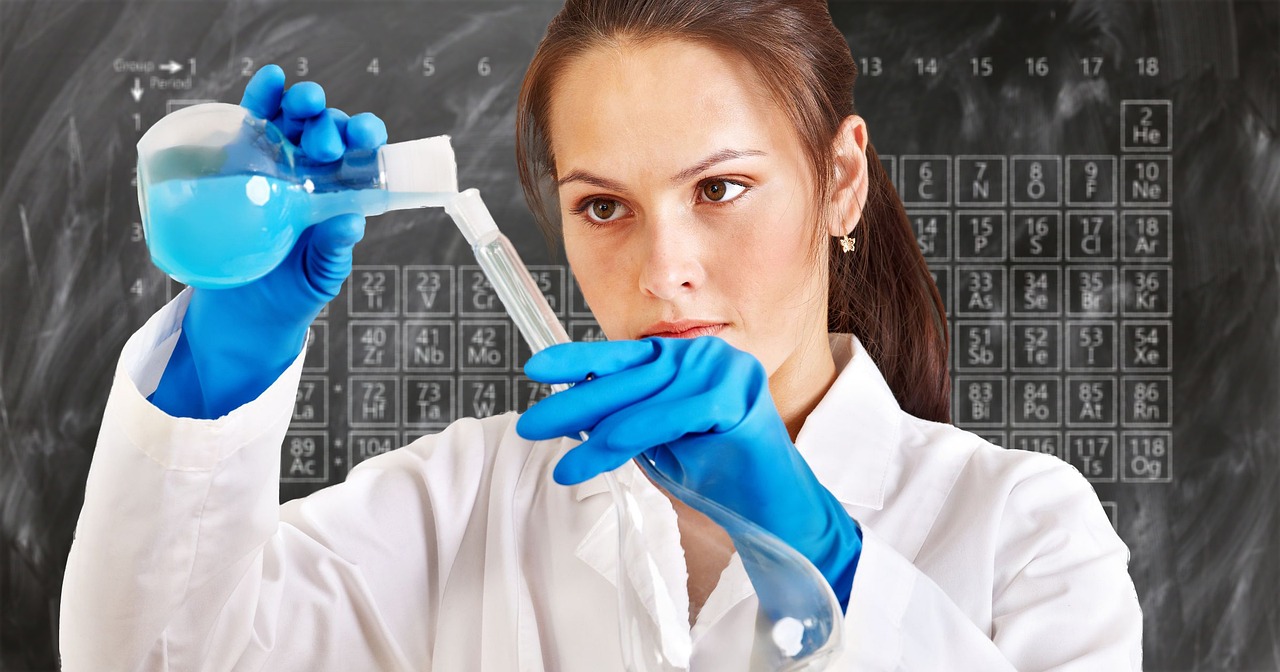Do You Know Happens Inside a Medical Laboratory?
When we visit a doctor and undergo tests—whether it’s a simple blood draw, a urine test, or a throat swab—we often don’t think about what happens next. Behind the scenes, a medical laboratory is working diligently to analyze those samples and provide accurate, critical information that helps healthcare professionals diagnose, treat, and monitor diseases. But what exactly goes on inside a medical laboratory?
The Role of Medical Laboratories
Medical laboratories are the diagnostic backbone of modern healthcare. They analyze samples taken from patients—such as blood, urine, tissue, or other bodily fluids—to detect diseases, monitor health conditions, and assess the effectiveness of treatments. In fact, it’s estimated that over 70% of clinical decisions are influenced by laboratory test results.
Step-by-Step: Inside the Lab
1. Sample Collection and Reception
Everything begins with a sample. These are typically collected at clinics, hospitals, or outpatient labs, and are then labeled and transported to the lab. Once they arrive, lab staff check each sample for proper labeling and documentation. Accuracy here is vital—mix-ups can lead to incorrect diagnoses.
2. Sample Preparation
Before testing can begin, many samples must be processed. Blood may be centrifuged to separate plasma or serum; tissue samples might be fixed in chemicals for microscopic analysis; urine could be filtered or diluted. The goal is to prepare the sample so it can be tested reliably and consistently.
3. Testing and Analysis
Lab tests fall into several main categories:
- Hematology: Examines blood components, such as red and white cells, platelets, and hemoglobin levels.
- Biochemistry: Measures substances like glucose, cholesterol, or enzymes in blood or fluids.
- Microbiology: Identifies bacteria, fungi, viruses, or parasites in body fluids or tissues.
- Immunology/Serology: Detects antibodies and antigens to diagnose infections or immune disorders.
- Pathology: Focuses on analyzing tissue samples for signs of diseases like cancer.
Depending on the test, labs use a combination of manual techniques and automated machines. Sophisticated equipment like spectrophotometers, microscopes, and PCR machines are used to generate accurate data.
4. Quality Control
Accuracy is non-negotiable in a medical lab. Each test includes built-in quality control measures to ensure the results are valid. Reagents are calibrated, machines are maintained, and control samples are tested alongside patient samples to detect any errors or inconsistencies.
5. Result Interpretation and Reporting
Once tests are completed, results are reviewed by medical laboratory scientists or pathologists. In some cases, further interpretation is required—for example, distinguishing between a bacterial or viral infection. After validation, the results are entered into the patient’s electronic medical record and sent to the requesting physician.
The People Behind the Process
A wide range of skilled professionals keeps the lab running smoothly:
- Medical Laboratory Technologists/Scientists: Perform tests and maintain lab equipment.
- Pathologists: Specialized doctors who interpret complex lab results.
- Phlebotomists: Draw blood and ensure proper sample collection.
- Lab Assistants: Help with sample preparation and administrative tasks.
These professionals often work in high-pressure environments, especially in hospital labs, where emergency results can mean life or death.
Why It Matters
Medical laboratories are often invisible to the public, yet they are vital to patient care. Timely and accurate lab results can catch a disease in its early stages, prevent complications, and guide treatment plans. Without them, modern medicine wouldn’t function as effectively or safely.
